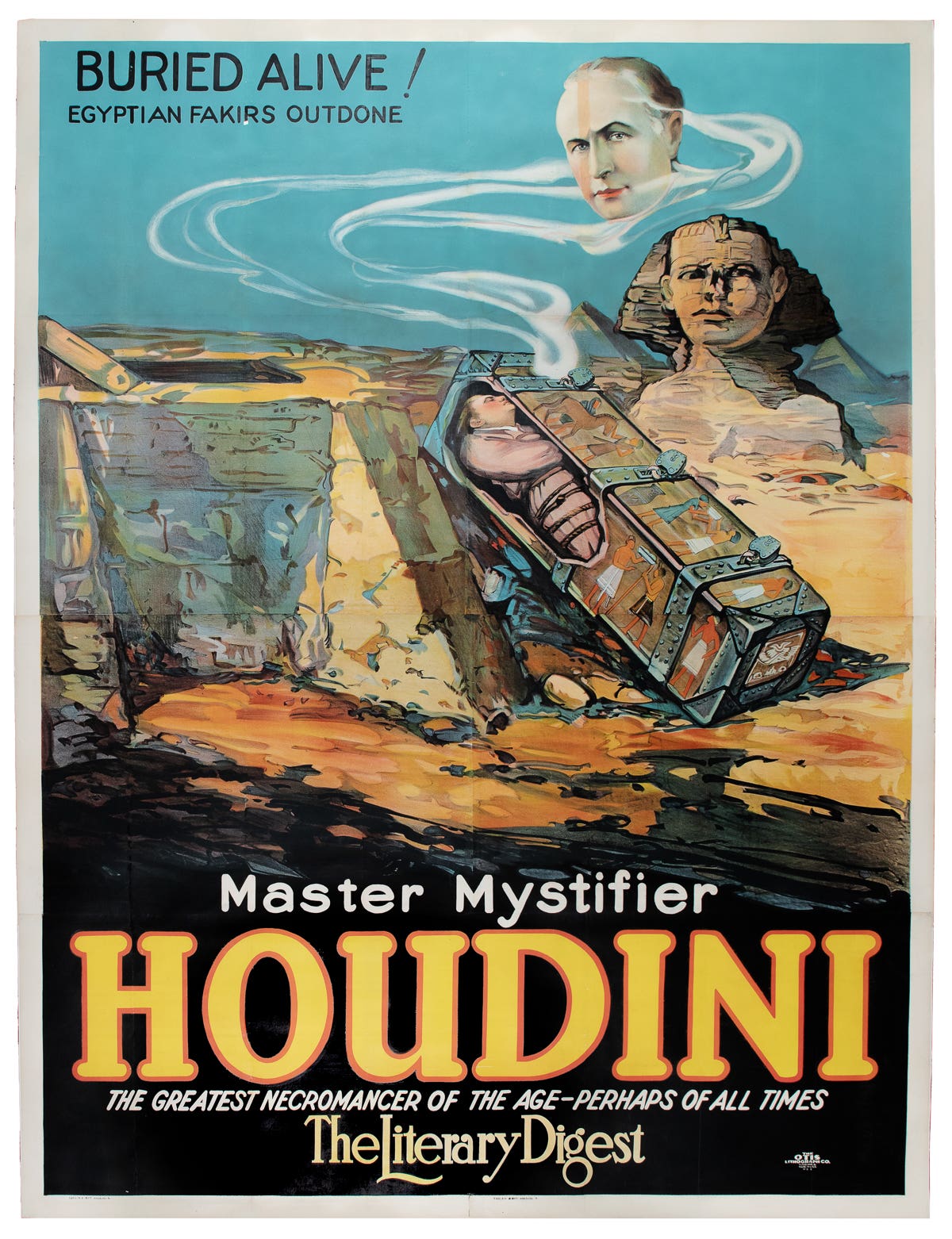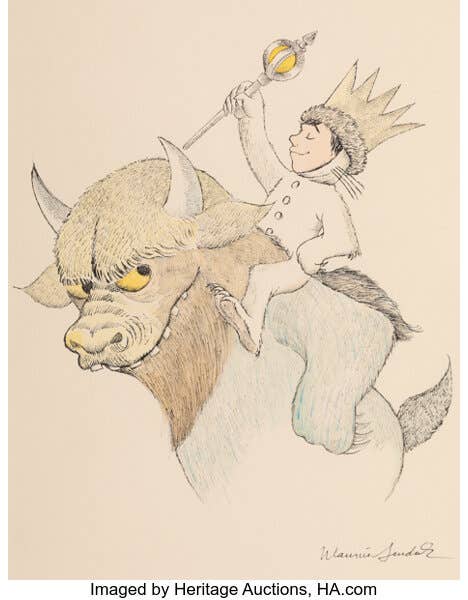Classic Trader: Tokens of Romance
In this Classic Trader archive spotlight, Lou W. McCulloch discusses various romance and Valentine’s related collectibles from the past.
By Lou W. McCulloch
This article about romance collectibles was originally published February 20, 1982, in Antique Trader Weekly.
A medieval scholar once said that, “When thou makest presents, let them be of such things as will last long; to the end they may be in some sort immortal.” Love tokens, in particular, seem to retain immortality through the feelings invoked by caring collectors. One cannot help but think of the moment the lacy valentine or hand-made box was presented as a gift. When an object has been given with love, it seems a crime not to preserve and treasure it. Thus is the responsibility of a collector of tokens of romance.
Crafting Messages of Romance Using Every-Day Items
Before the popularity of valentines arose, people gave gifts showcasing their talents or occupation. They used ingredients that were available to them, such as the sailor who fashioned a decorative stay or busk (corset stiffener) out of wood or bone for his sweetheart. Those who found their days shortened on shipboard when busy at a task scratched designs on tusks or teeth, known as scrimshaw work. Most pictured their ships and often a loving message was intertwined within the sketch. Shells and coral were also readily available to sailors, and they used these items to spell out such messages as “Remember Me” or “Truly Thine.” The letters were attached to small pieces of wood or set into octagonal, three-dimensional frames. The mosaic shell patterns formed designs associated with romance – hearts, flowers or crescent moons. There is also evidence that native craftsmen in the West Indies supplied ship voyagers with such tokens.
Other circular shellwork frames showcased nautical prints or, if handy with a needle and thread, the sailor might sew tiny shells onto star shaped pincushions. The sailors’ love tokens with nautical themes are not to be confused with the shell flowers and baskets fashioned by Victorian ladies of leisure, a pastime particularly popular from 1840 through 1865.
Gestures of Remembrance Present
Tokens of love made by women seldom proclaimed messages, but they were presented as remembrance gifts. The unpractical presents for men ranged from embroidered coverlets to brocaded handkerchiefs. As a symbol of mourning for a loved one, a mother or wife might stitch a picture of a monument inscribed with the deceased’s name. These silk embroidered scenes, usually with weeping willow motifs, were especially prevalent in the early 1800s when death threatened everyone’s door.
If one was not talented in the arts or crafts, a gift of love could be readily purchased. As early as 1588, a fan was a fashionable token for both men and women to receive as a present. Henry III of France had decoupe fans of vellum and taffeta edged with gold lace. In England, Queen Elizabeth I was given a fan “having many pendants of unfiled diamonds” by her Lord Keeper. The engraved and painted fan flourished in the 18th century, followed by the lithographed version that predominated after 1798.
Valentines sometimes took the shape of fans, with foldout cardboard leaves decorated with floral designs and romantic verses. Eugene Rimmel of London produced some of the most prized examples from the 1860s through the 1890s, but fancy fans were also offered by Raphael Tuck & Co., Ernest Nister, and various German firms. Paper fans with chromolithographed designs are usually priced in the $15 to $40 range.
Unique, Sentimental and Utilitarian
Decorated boxes could also be purchased with love messages. Battersea enamels, so named because they were produced in the English factories of Battersea, sometimes had phrases such as “Forget Me Not” on their box lids. The designs were transfer-printed or hand-painted and then finished with a high glaze. All kinds of small objects were made – snuff boxes, watch backs, wine labels, inkstands, plaques, and cane heads, to list a few. Sweetmeat or candy boxes of papier-mache were also of English manufacture, originating circa the 1850s.
Almost all of the examples seen feature a printed statement like “Love the Giver” on the bottom of the box and a reverse painting on glass for the lid. The boxes range from containers that must have held only three or four pieces of candy, to 12-inch round boxes for company. Because these small treasures could be reused as trinket boxes, they were saved as mementos. Some even have mirrors fastened to the inside of the lid so that they could be used later as powder boxes. At a recent antiques show a Battersea box an inch and a half in diameter, displaying the words “Remember Me” and ship design, was priced at $250. A gold papier-mache box 2 by 3 inches, with a reverse painting of a woman on the lid resembling Jenny Lind, was bought for $45.
Brokering Romance with Books
Another early scholar named Willmott likened a literary gift with romance when he stated, “A first book has some of the sweetness of a first love.” Books and printed material have always been given as expressions of friendship, but some were specifically published as love tokens. Valentine writers date to the 18th century and were a small paper-covered chapbooks, usually displaying a hand-colored frontispiece.
From that time, till about the mid-1850s, it was the custom for messages to be penned by the sender onto manufactured or hand-made valentines. The valentine writers offered appropriate verses, either sentimental or humorous, to embellish a greeting. Because of their content the “writers” aptly belong in a collection of love tokens.
Forget-Me-Not books were popular presents at the beginning of each year and at holiday times. A Forget Me Not Songster dating from the 1840s contained “a choice collection of old ballad songs as sung by our grandmothers.” The selections and engravings were slanted towards young love and included, The Girl I Left Behind Me; Long Time I’ve Courted You Miss; Lavender Girl; and The Distressed Maid.
Forget Me Not Comes Into Fashion
Souvenir and scriptural albums as well as friendship books also brandished the Forget Me Not phrase in gold on their leather bindings. The books were considered presents for a school boy “as a token of his parents’ love” or from a sibling to “recall the many hours of delightful companionship.” Some of these Forget-Me-Not albums, featuring hand-colored plates, can still be found for under $25.
Folded paper valentines may have gained the reputation of the most popular token of romance through the years, but small cards and prints have also been given with “love” in mind. Tokens of Affection cards were in favor during the 1850s, a transitional item that combined visiting cards with love messages. Most measured about 2 by 3 inches and displayed poems within decorative borders. They can be distinguished from visiting cards in that no name or address is printed, their sold purpose was to offer a memento of friendship or love. Prints also sometimes highlighted virtues such as Love, Charity, or Joy in their designs. The Currier & Ives prints of the Tree of Life, circa the 1840s-1870s, featured these attributes, within circular fruits on tree limbs. Of course love themes as subjects for prints were worldwide; a stipple-engraving dating to the 1830s carried a verse in French about the illustration of a well-dressed woman “fishing for love” in a brook.
Whatever the token of romance, it is a comment on the social customs of each era.








